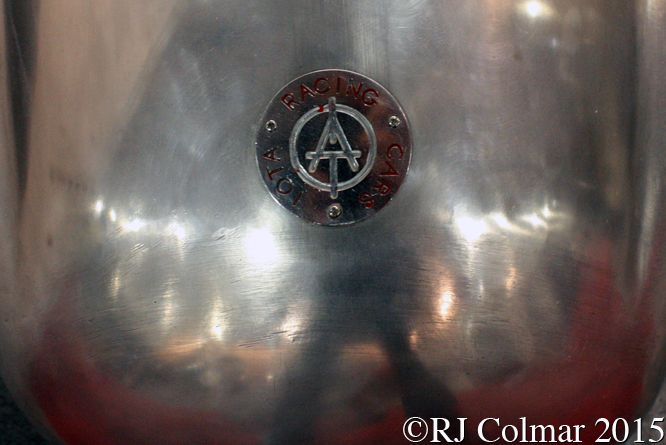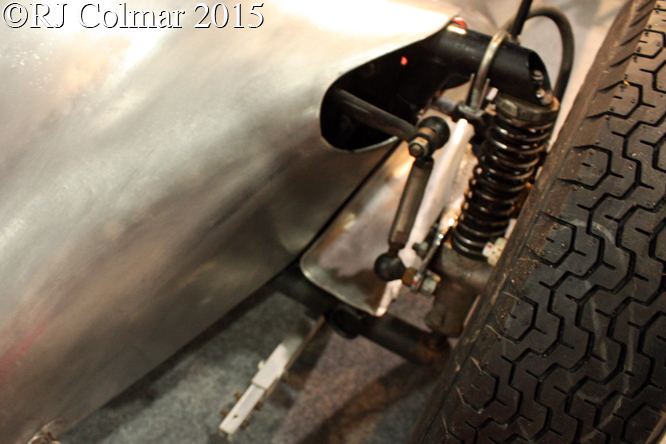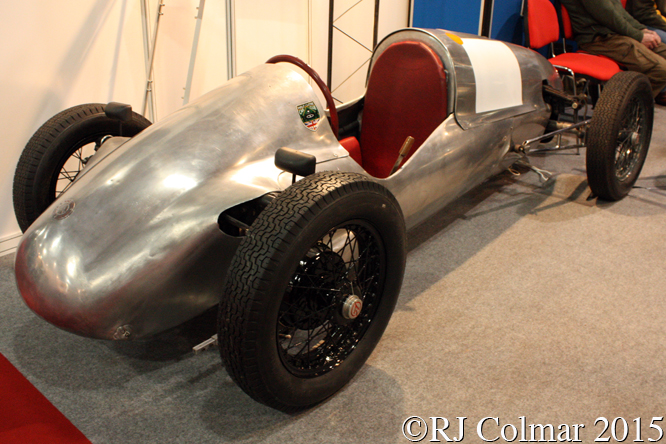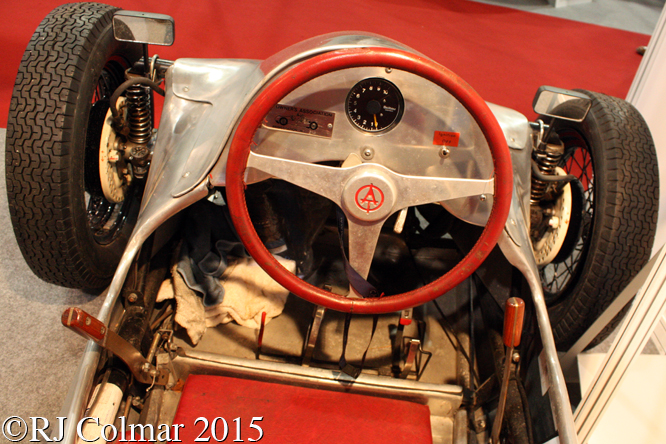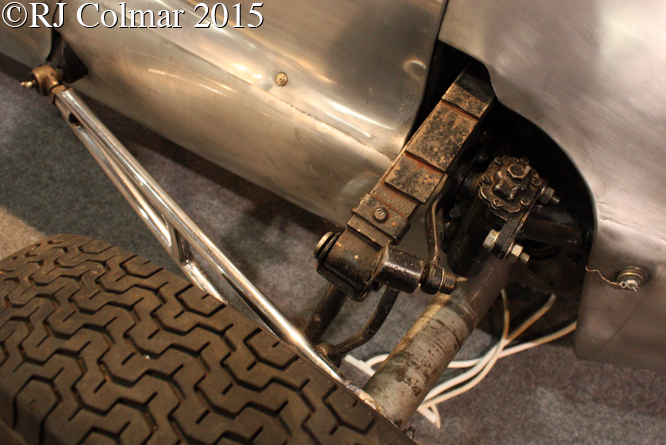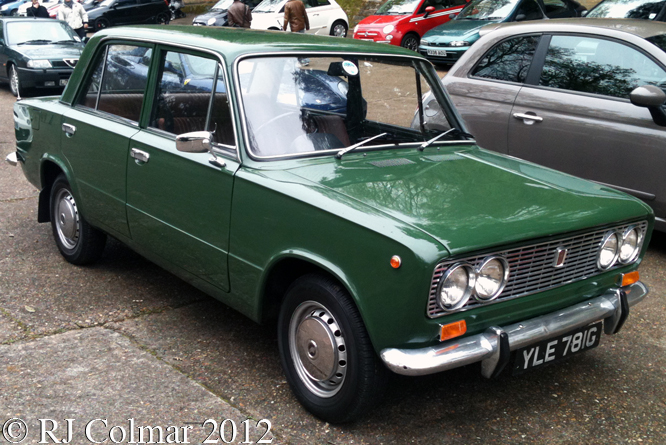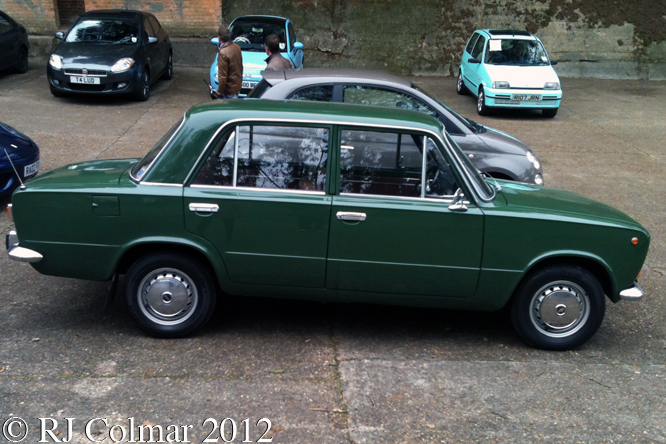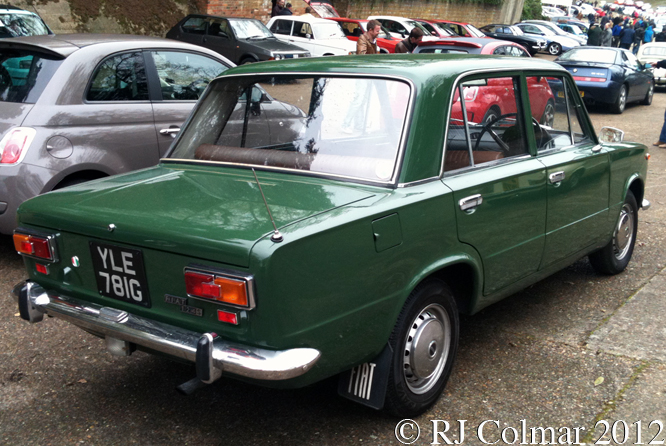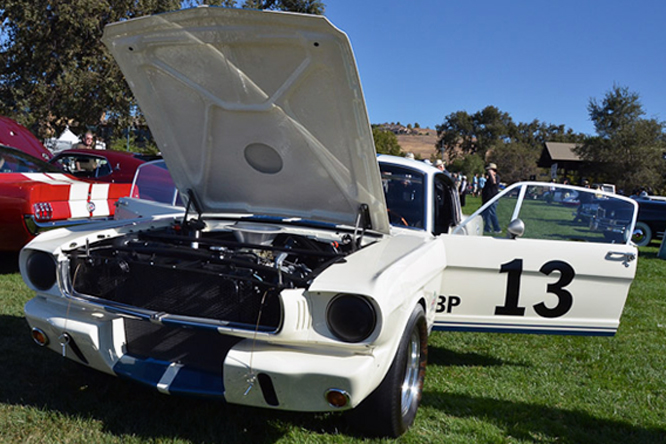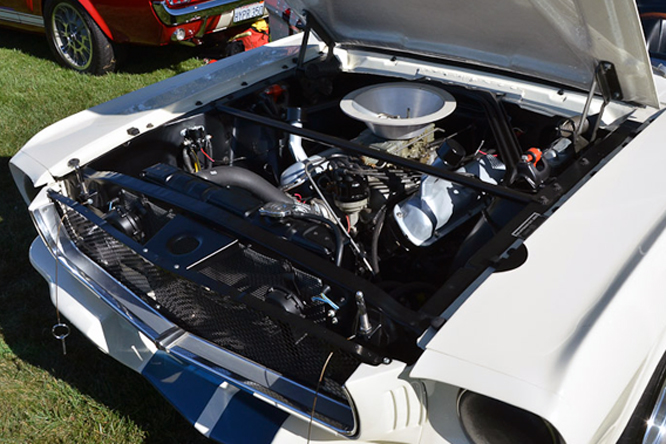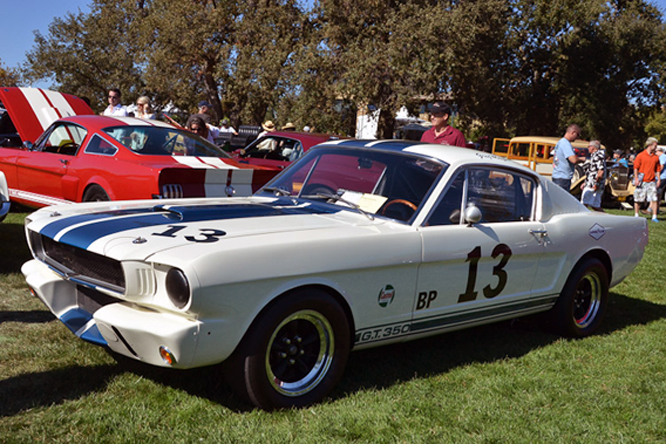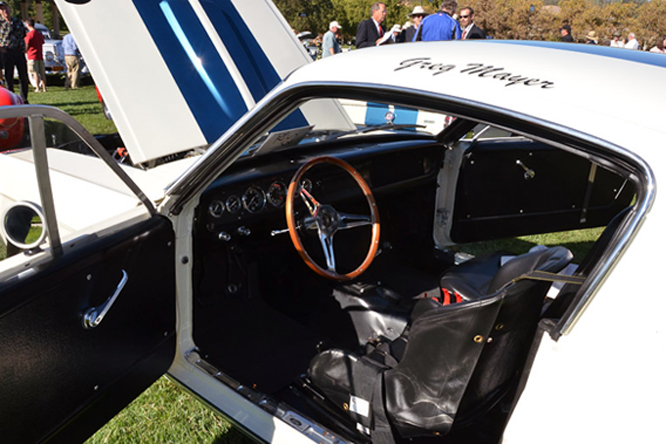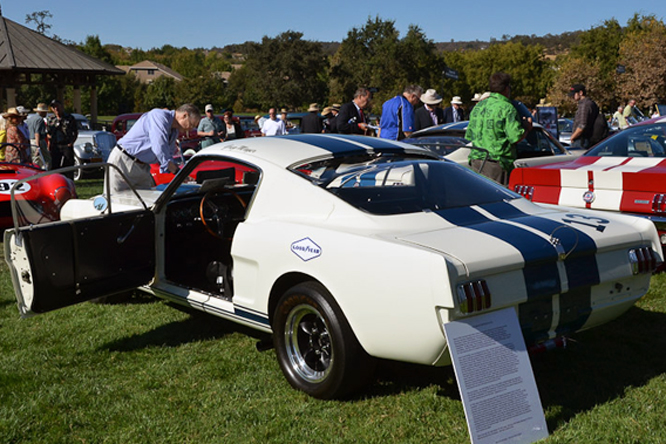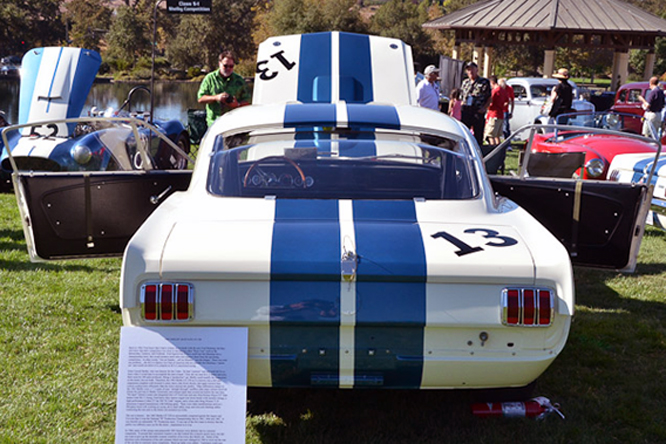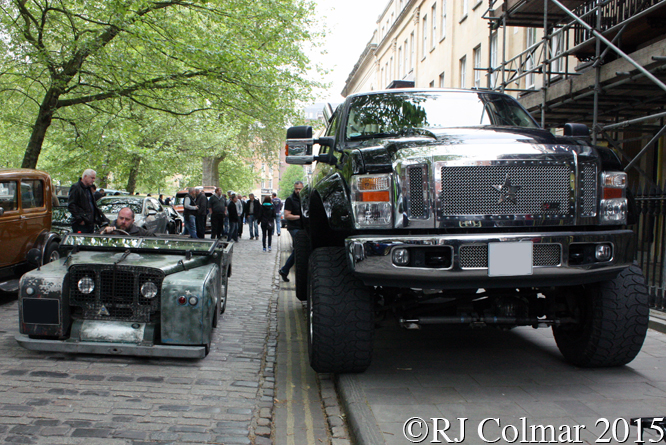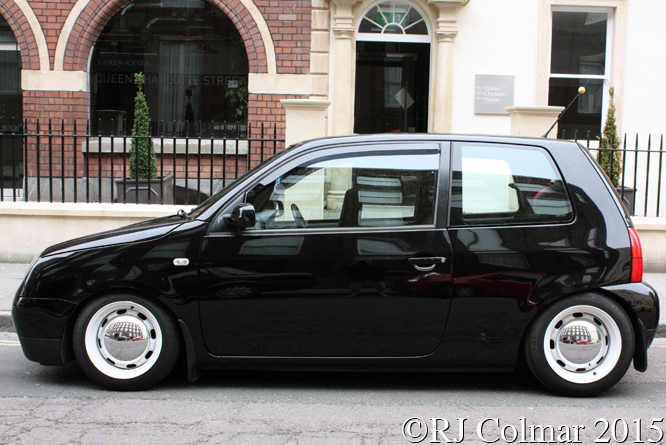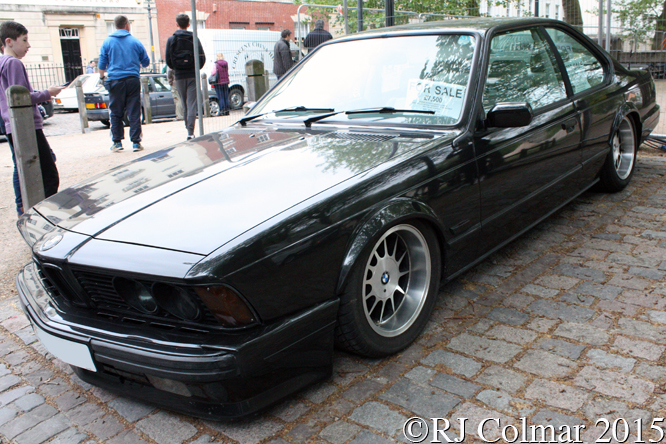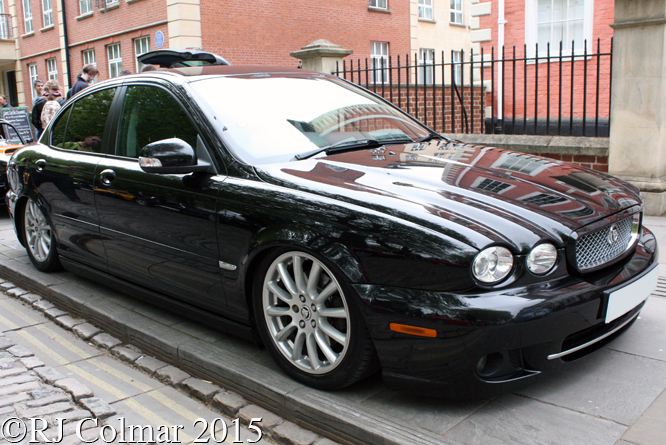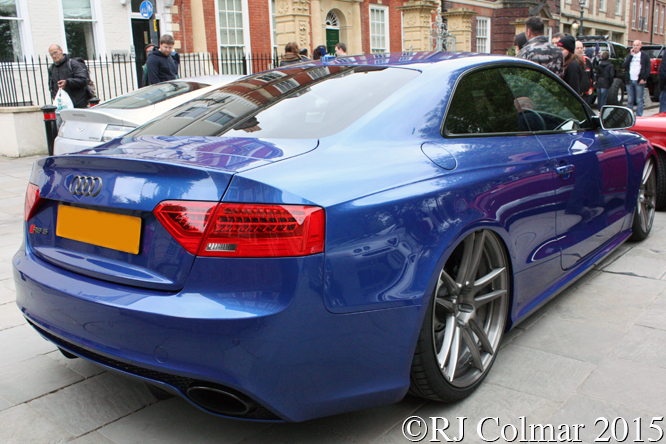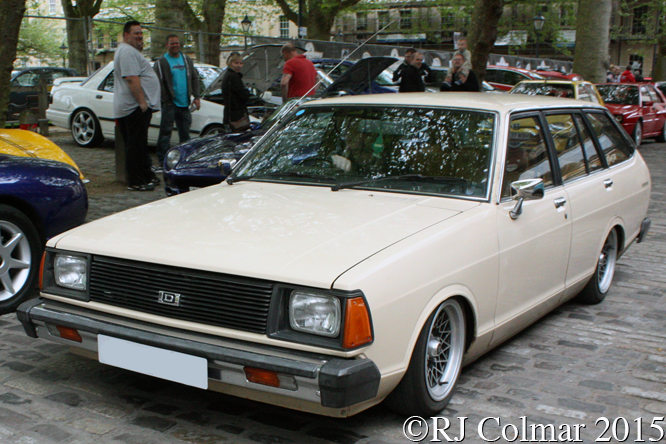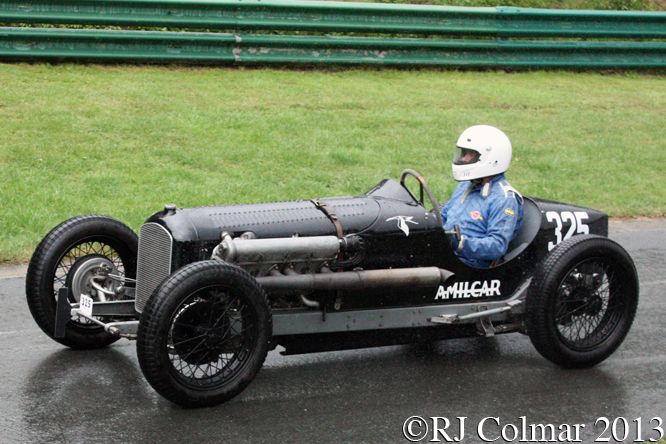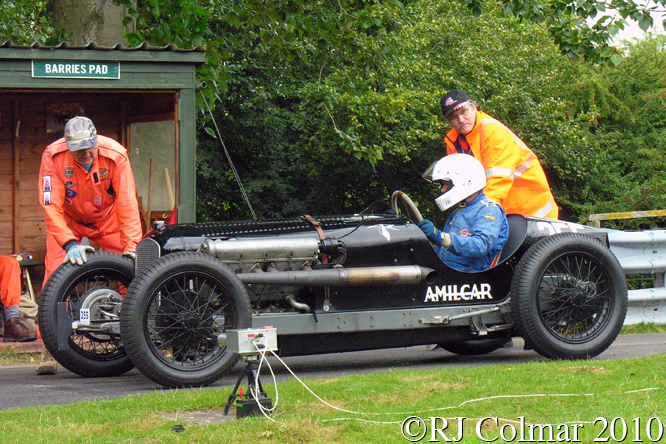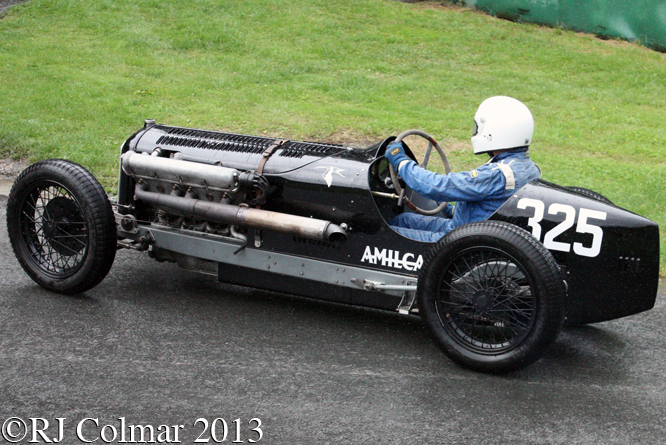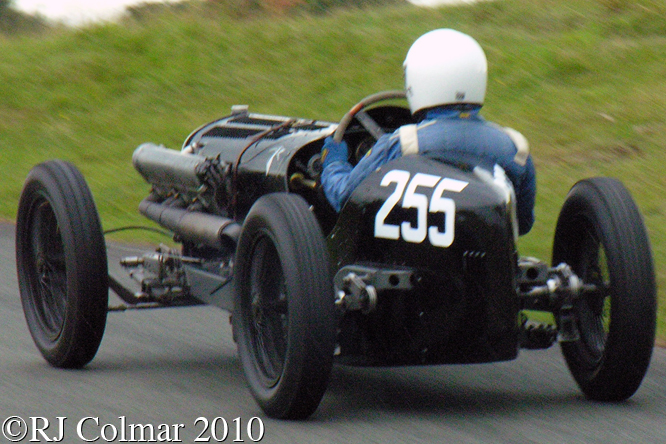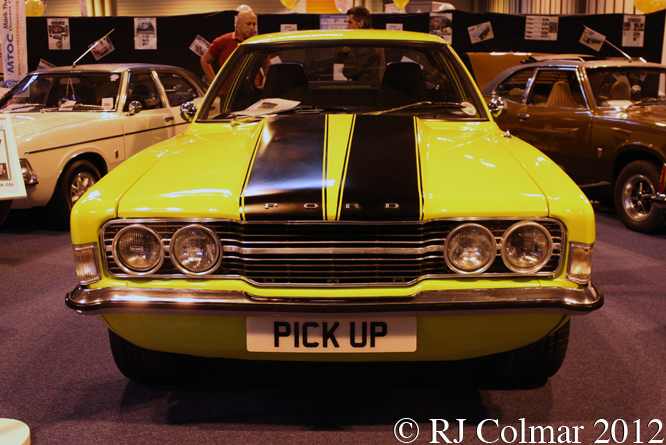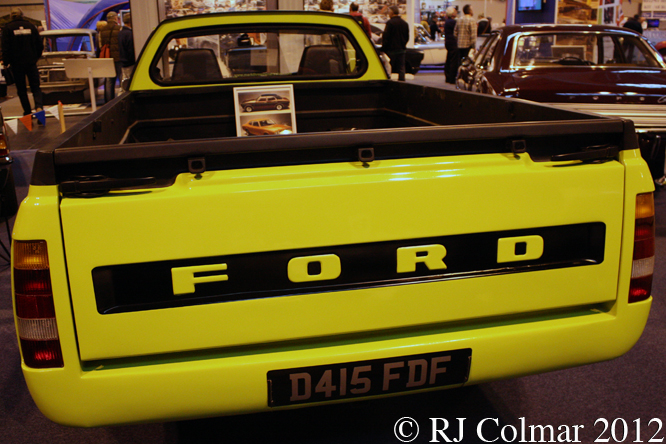In 1954 Kurtis Kraft built nine Kurtis KK500C roadsters and today’s featured car chassis #376 was entered for the 1954 Indianapolis 500 International Sweepstakes as the Merz Engineering Special for Fred Agabashian to drive.
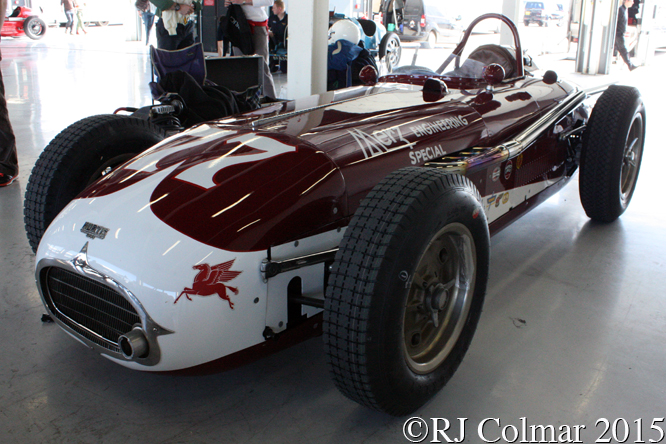
Fred qualified the #77 for the 24th spot on the grid and finished in 6th place third best of the 9 KK500C’s which all made the start.
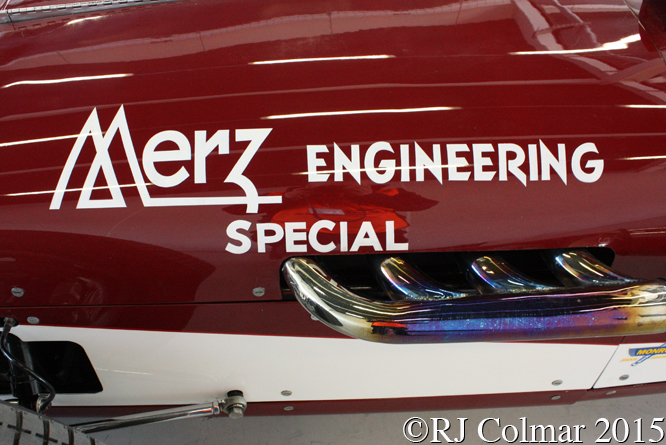
The following year Walt Faulkner took over the #77 for the Indy 500 and starting 7th went one better than Fred and finished 5th.
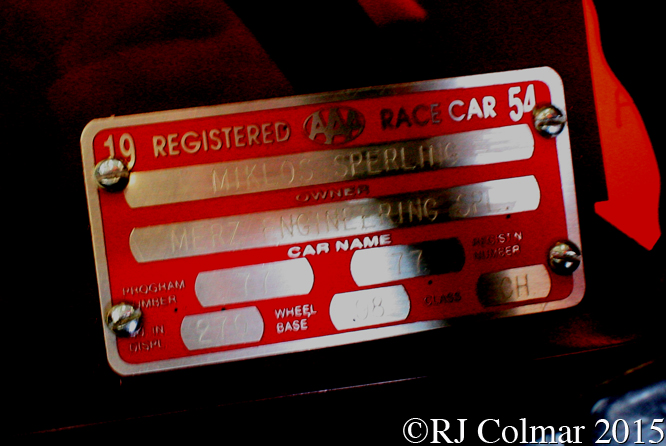
For 1956 chassis #376 was rebranded as the Hoyt Machine Co Special and entered in the Indy 500 as the #10 for Ed Eliian who qualified 14th but had to retire 40 laps short of the full distance with brake issues.
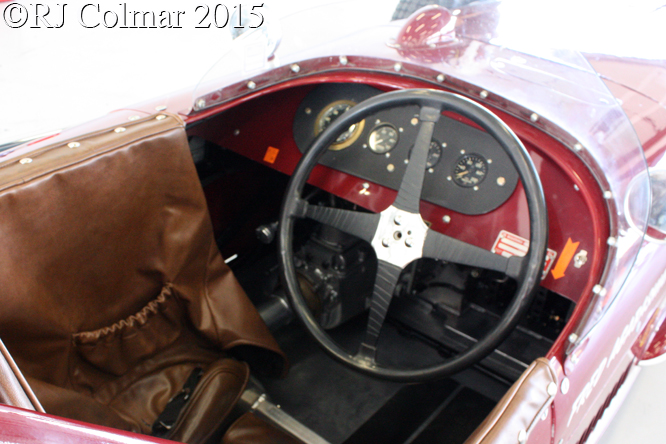
Jimmy Reece qualified the #5 Hoyt Machine Co Special 6th at Indy in 1957, but retired 18 laps short of the full distance with throttle issues.
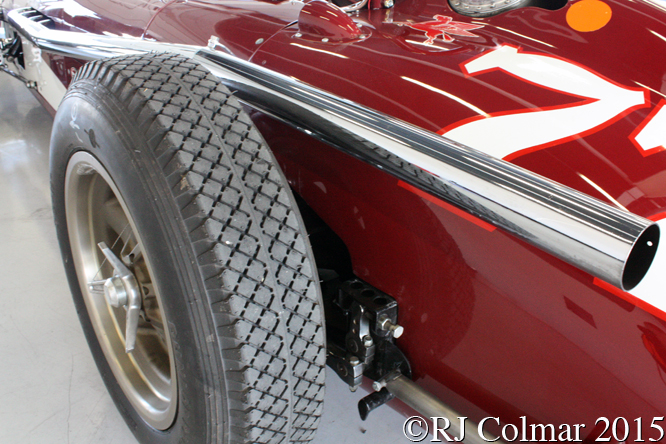
In 1958 Gene Hartley failed to qualify the Hoyt Machine Co Special for the 500 but with Jimmy Reece back at the wheel the car finished 5th in the race of the Two Worlds at Monza.
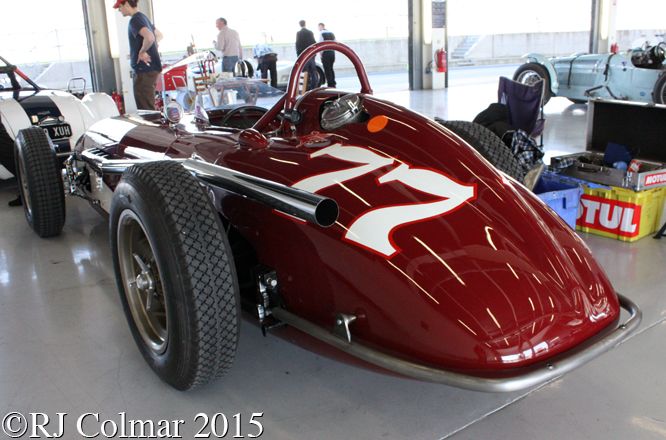
After returning from Italy #376 was rebranded as the Wheeler Foutch Special and entered for Red Amnick for the Indy 500, Red qualified the #87 26th but retired after an accident and completing only 45 laps.
In April 1959 Dempsey Wilson qualified #376, now returned to Hoyt Machine Co Special colours, 4th for the Daytona 100 USAC race run at the then brand new Daytona Superspeedway.
Dempsey spun the #24 out at turn 2 on lap 28 of the Daytona 100 and then took over the #75 Racing Associates Kazuma for the 2nd event of the day a shortened 50 mile “Libre”, open to all comers, race from which he was flagged running in 9th place having completed only 17 of the scheduled 20 laps.
Chassis #376 was retired from competition in 1962 and was fitted with a V8 and clothed as a road car until 1995 when it was returned to the condition in which it is seen today, this car is considered one of the most original roadsters to have survived having never been converted to a super modified spec for dirt track racing.
My thanks to Willem Oosthoek and Jerry Entin at The Nostalgia Forum for anticipating my question regarding events at Daytona in April 1959.
Thanks for joining me on this “Indy Monza Daytona” edition of “Gettin’ a li’l psycho on tyres” I hope you will join me again tomorrow when I’ll be looking at a seriously modified FIAT. Don’t forget to come back now !


